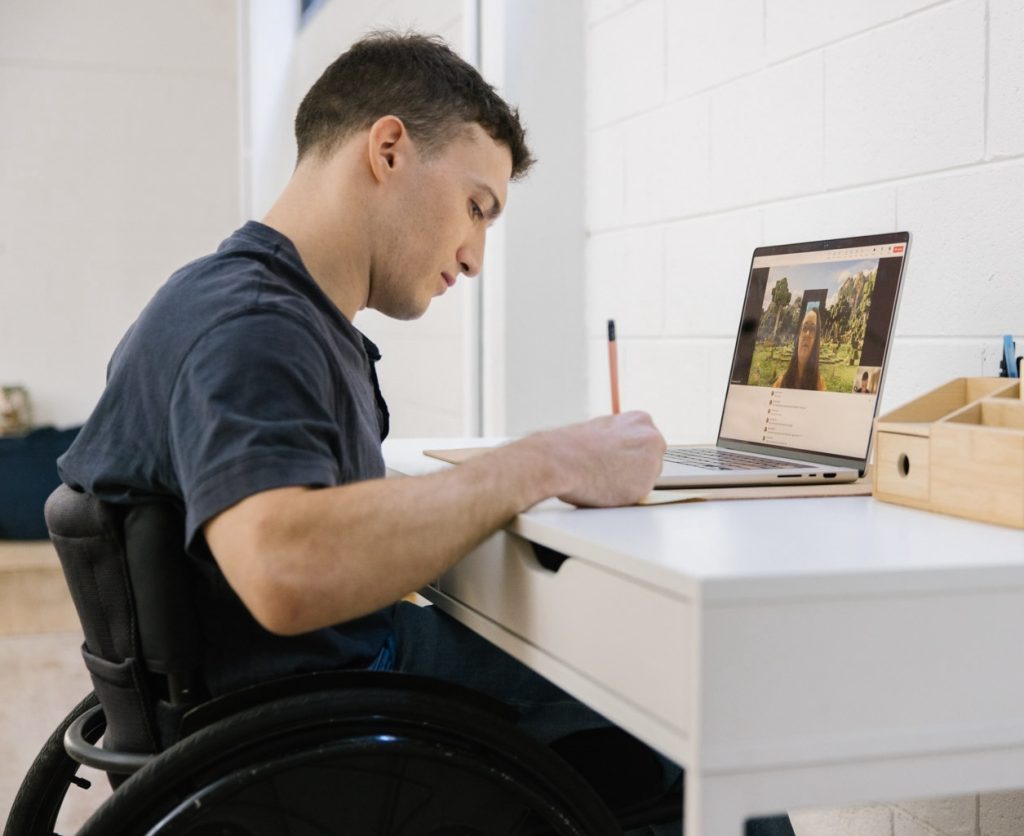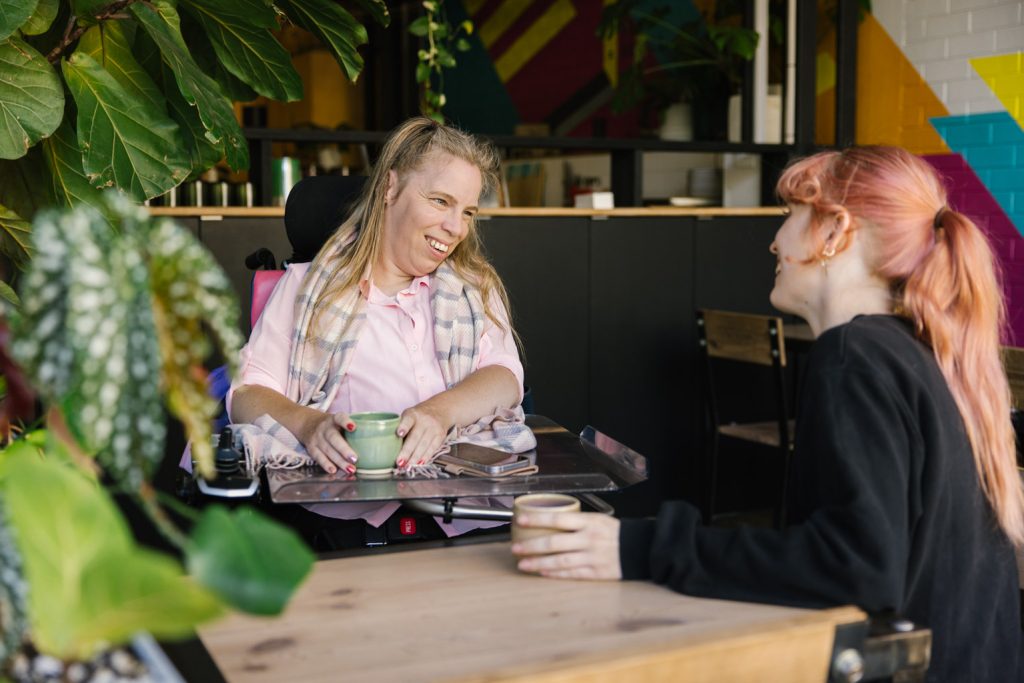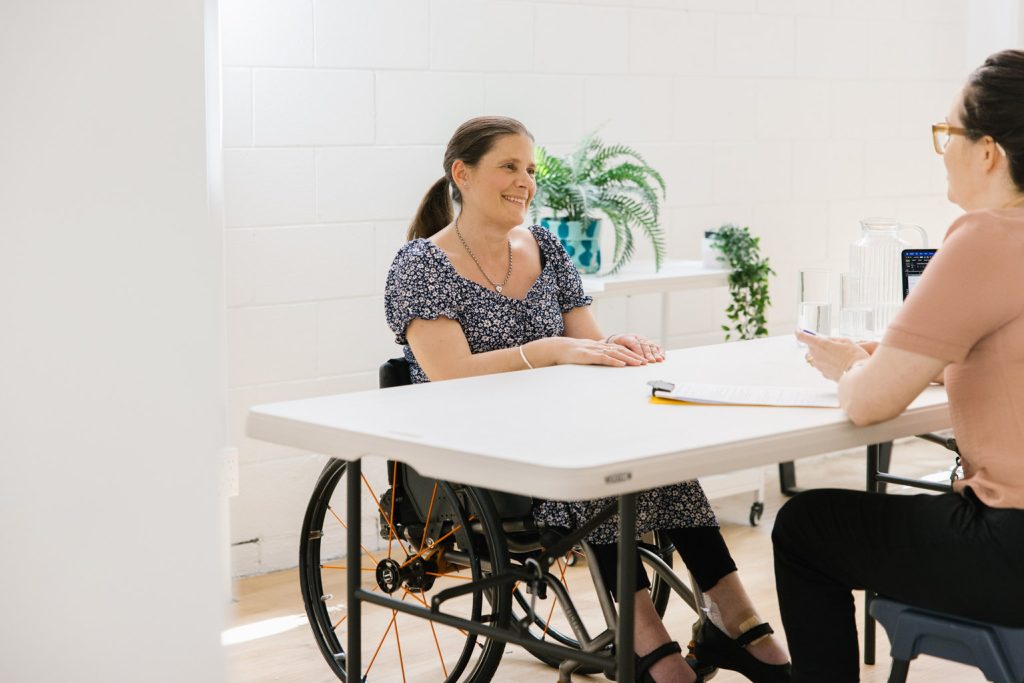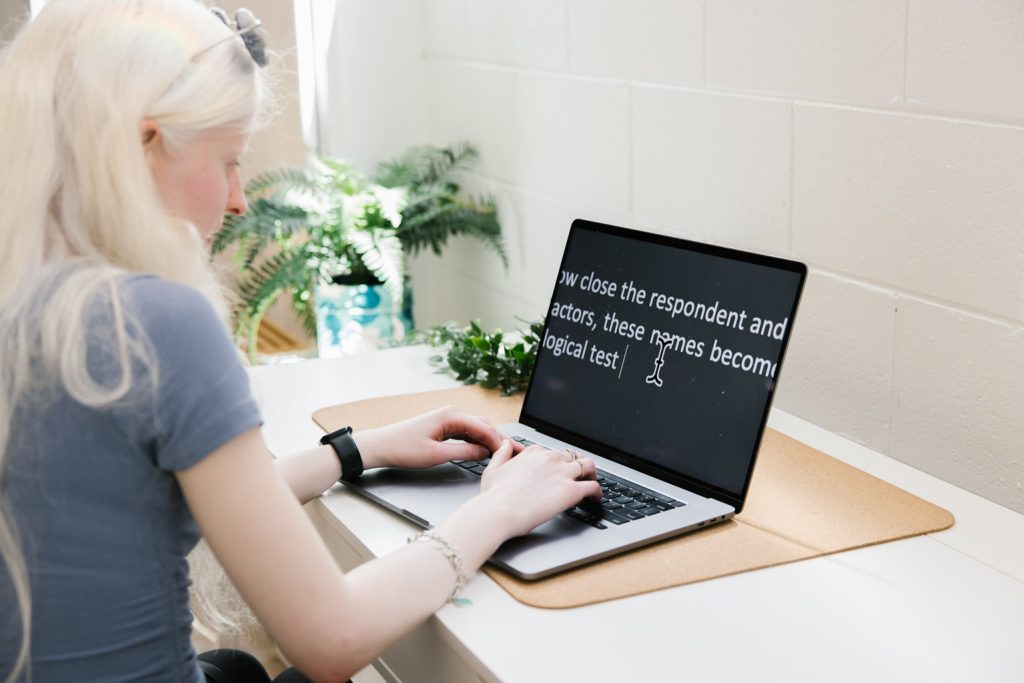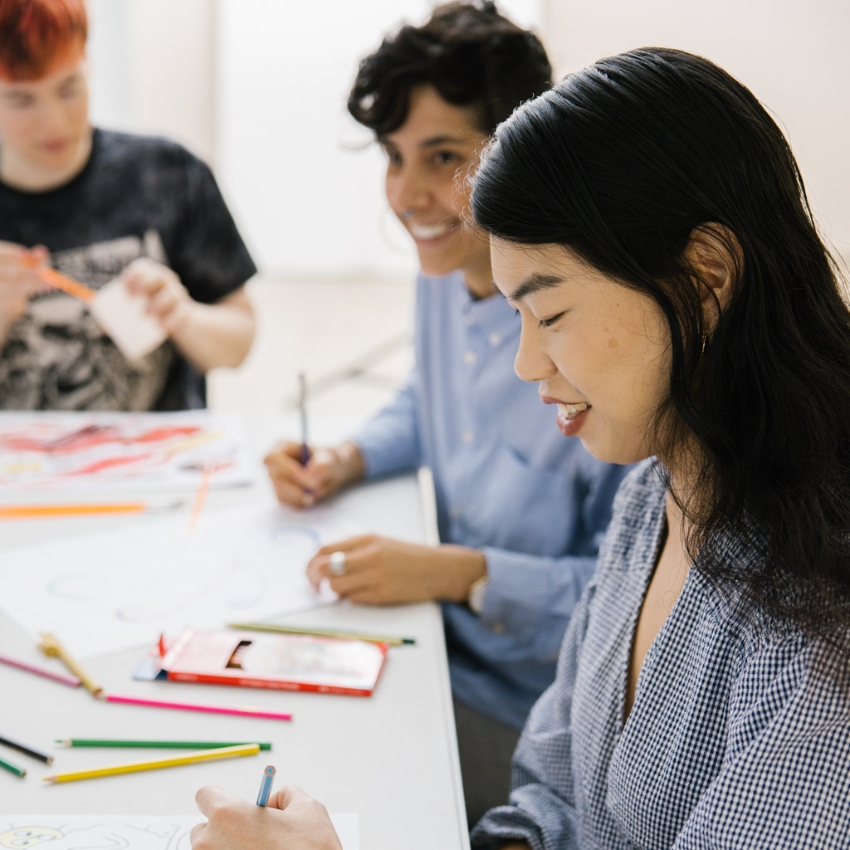Project details
Status: Current
The Toolkit for Business includes a curated selection of tools and resources which are designed to help you and your teams learn about disability inclusion practices and how to implement them in your workplace or team.
The resources on this page relate to five key topics:
- Why inclusive employment matters – Everyone benefits from an inclusive and accessible workplace.
- Understanding Disability – Resources that explain how attitudes disable, demystifying diverse communication needs, and inclusive language.
- Inclusive Recruitment – Resources that include a Quick Employer Guide to disability employment, ‘Elephant in the Interview’ podcast, accessible on-boarding and more.
- Inclusive Workplace – What ‘good’ looks like, self-assessment of disability inclusion, making digital resources and meetings accessible.
- Mental Health – Supporting a neurodiverse workforce, mental health first aid training and more.
Some creative options for how to use these resources include:
- Adding them to your induction process for new staff.
- Using the videos in staff training on diversity and inclusion.
- Building your own ‘Lunch and Learn’ sessions around a particular topic e.g. diverse communication styles or language matters.
- Building awareness and capability of business leaders and supervisors through leadership training on specific topics.
- Sharing with staff to help them understand more about disability.
These tools and resources were compiled by Chartered Accountants Australia and New Zealand, CPA Australia, and JFA Purple Orange.


